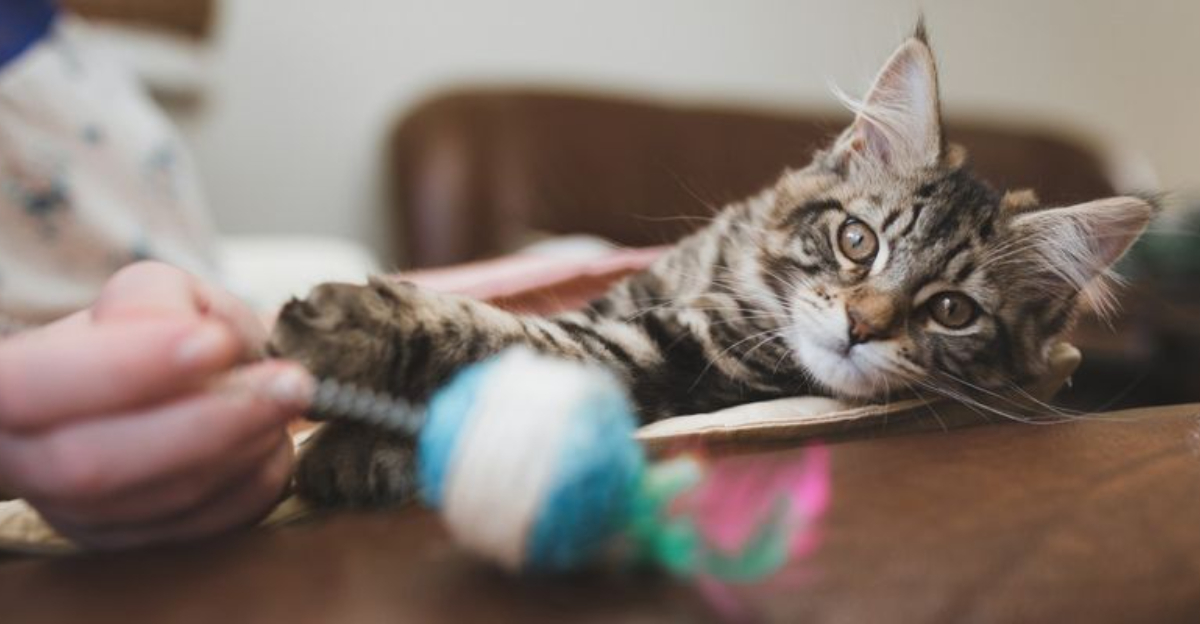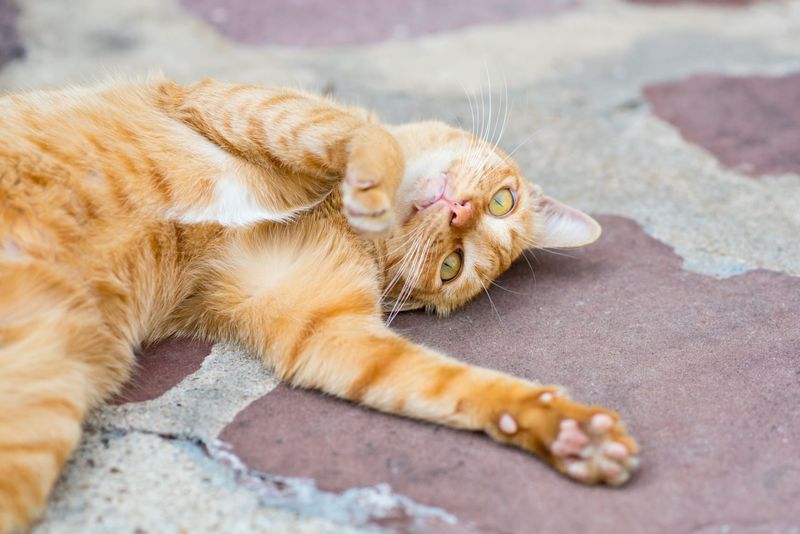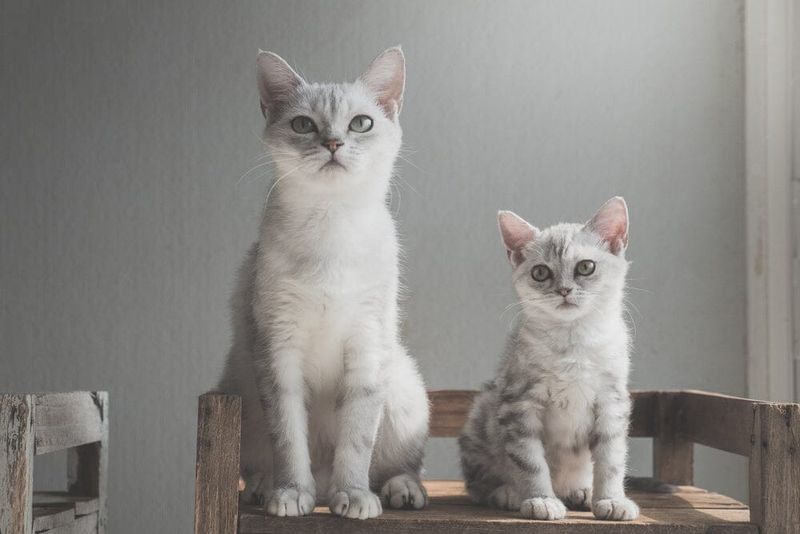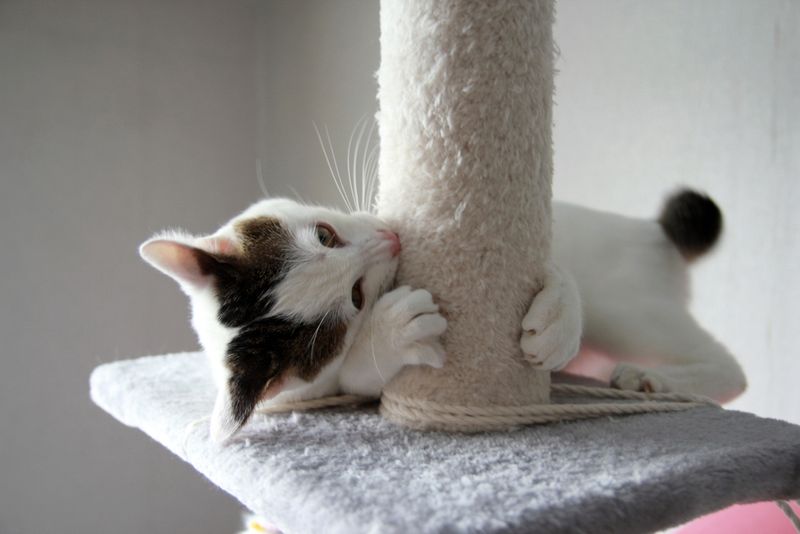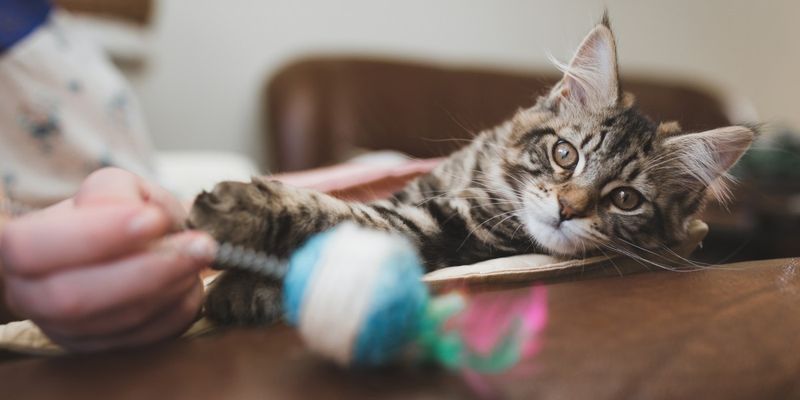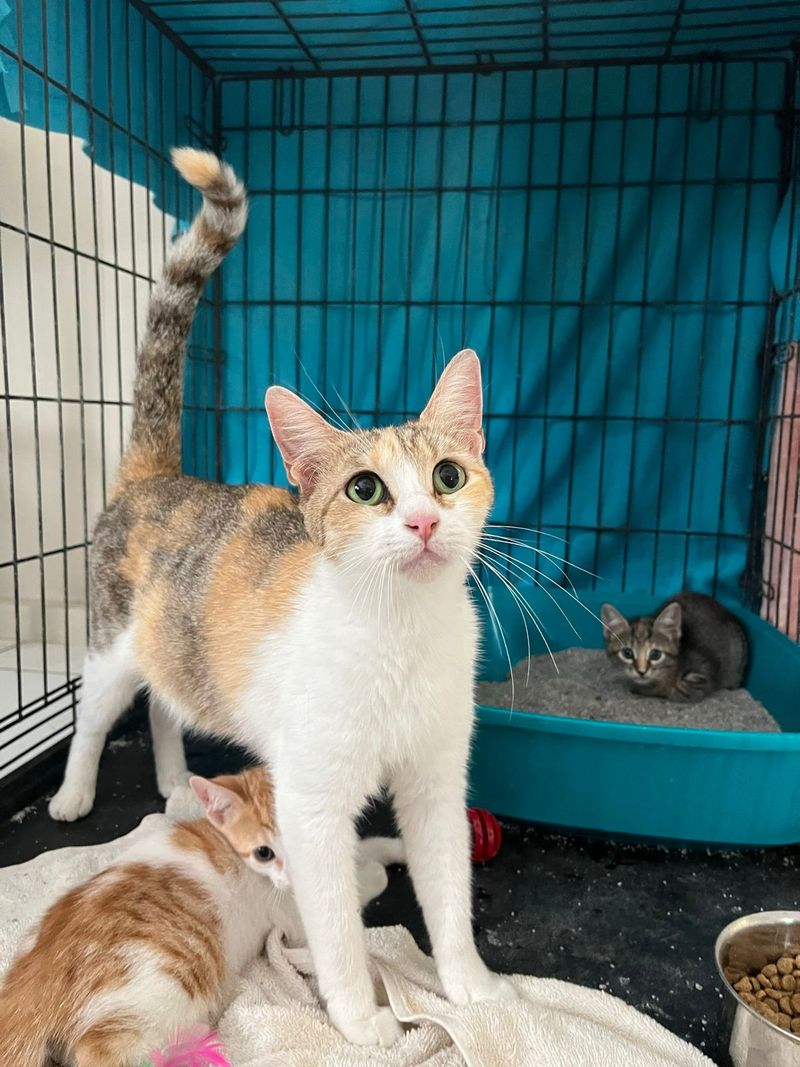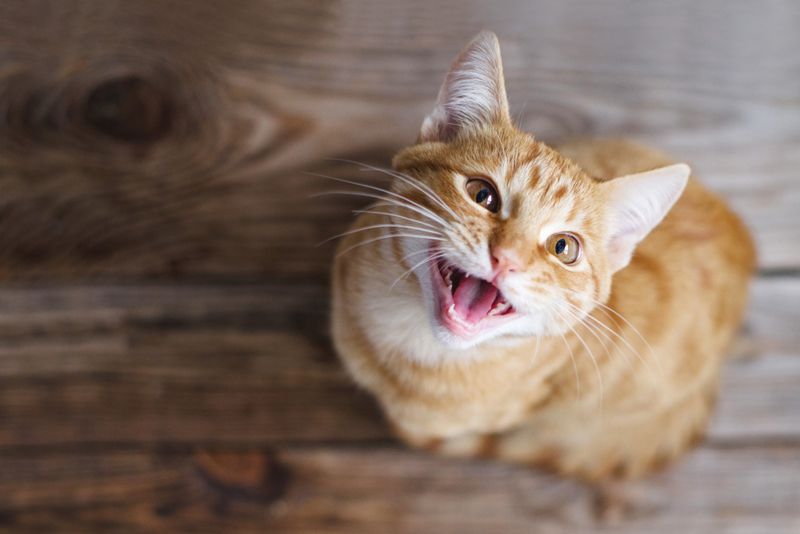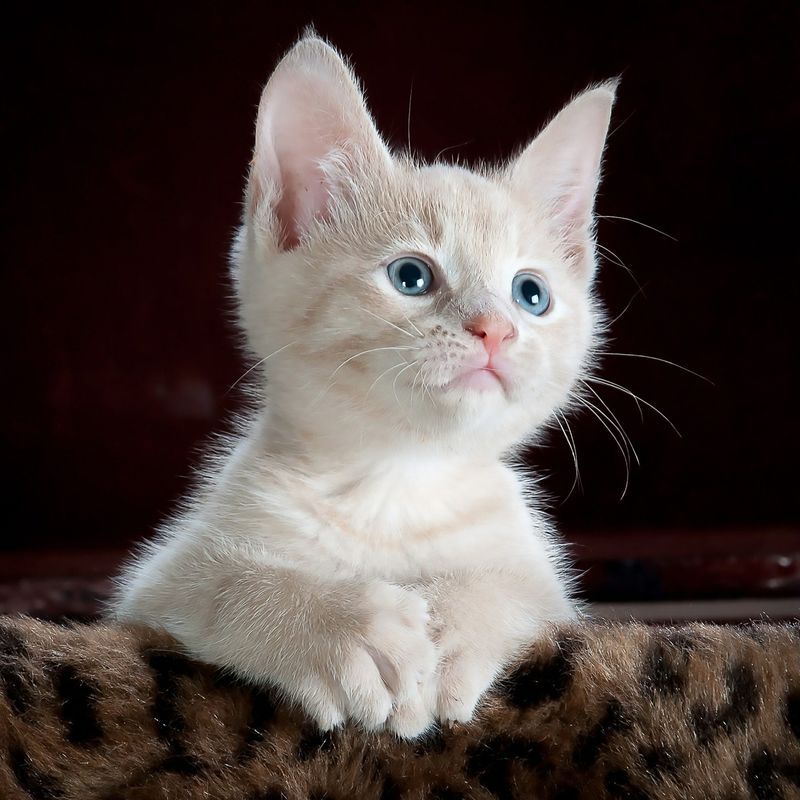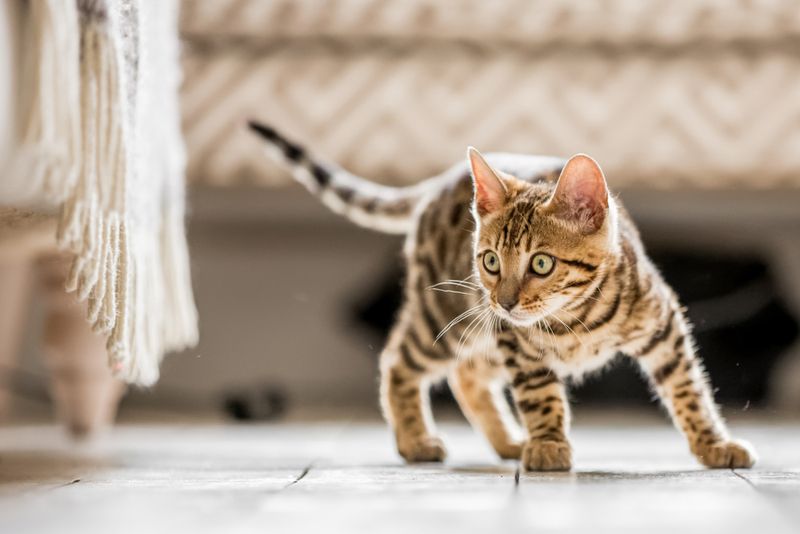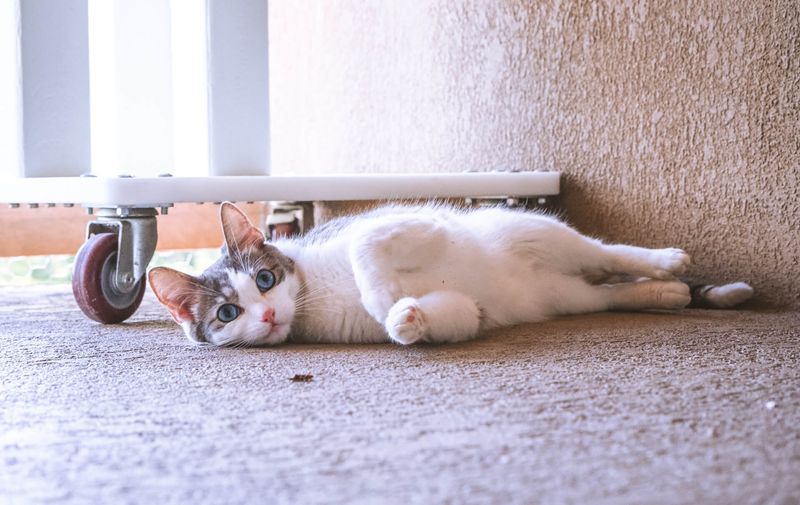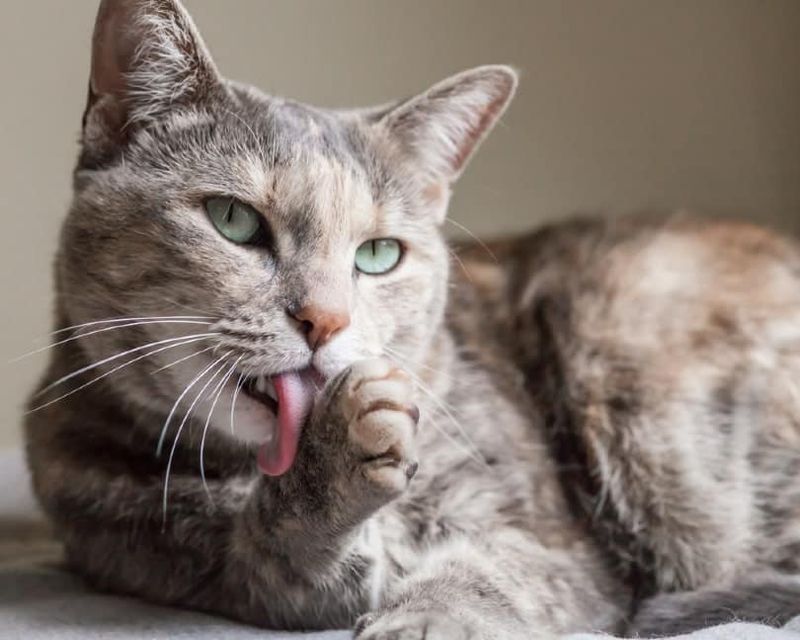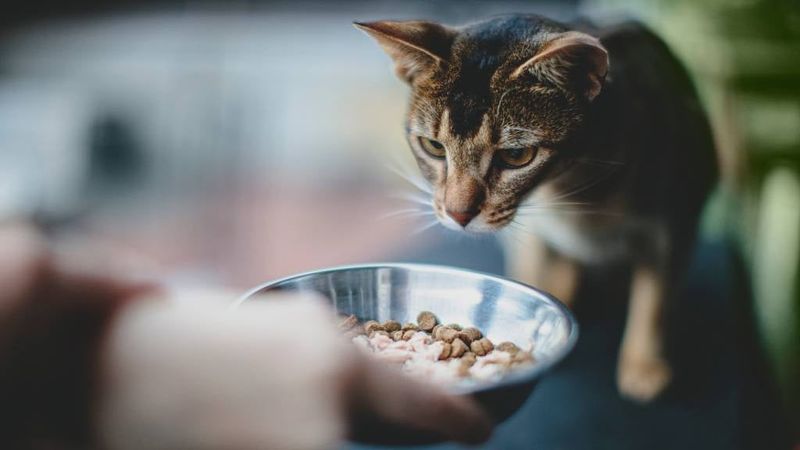📖 Table of Content:
Cats experience a unique developmental phase often referred to as their teenage period. This stage is marked by noticeable changes in behavior, energy levels, and independence. What may seem like sudden mood swings or bursts of energy is often a natural part of their growth.
During this time, cats may test boundaries, explore more boldly, and exhibit behaviors that resemble rebellion. Vocalization can increase, sleep patterns may shift, and social dynamics with humans or other pets might change. These adjustments reflect their journey toward maturity.
Recognizing these changes early allows for better understanding and support. Patience, consistency, and awareness can make this transition smoother for both the cat and the caregiver. The teenage phase, while sometimes challenging, plays a crucial role in shaping long-term behavior and temperament.
1. Mood Swings
Teenage cats can have mood swings that rival any human adolescent. One moment they purr contentedly, the next they retreat to a private corner. These shifts can puzzle owners.
Understanding that it’s a phase helps in managing expectations. During this time, patience and a calm environment are key.
Creating a routine provides stability, helping them transition smoothly into adulthood. Embrace their changing moods with gentle care, and you’ll foster a lasting bond.
2. Growth Spurts
In the blink of an eye, your tiny kitten seems to have doubled in size. These growth spurts are a hallmark of their teenage years. It’s a period of rapid physical development.
This stage requires a diet rich in nutrients to support their changing body.
Ensure their meals are balanced, and keep an eye on their weight. A sudden change in size can mean they need more space to explore. Celebrate their growth; it’s a testament to your care.
3. Curiosity Intensified
Curiosity reaches new heights during the teenage phase. You might find your cat investigating every nook and cranny. Their world is expanding, and they want to know it all.
This curiosity requires supervision to keep them safe. Secure breakables and keep hazardous items out of reach.
Engage them with interactive toys that challenge their mind. Their adventurous spirit is a sign of their growing confidence. Encourage this exploration; it’s their way of learning.
4. Playfulness Peaks
Ever noticed a sudden burst of energy? Teenage cats hit a playful peak, where every shadow, feather, or flicker becomes a game. Their bounding agility can be surprising, reminiscent of a kitten’s curiosity. This phase is a chance to bond, using play to build trust.
Their joy is infectious, turning the home into a playful haven. Toys that stimulate their minds and body are essential.
Remember, this burst of playfulness is fleeting. Harness it to create cherished memories, as it’s a unique window into their developing personality.
5. Social Bonds Tested
Social dynamics can shift as cats enter their teenage years. They may challenge household hierarchies, testing the waters with fellow pets.
These interactions are crucial for their social development. Monitor these encounters to ensure harmony, stepping in if play turns too rough.
Encouraging positive interactions can lead to lifelong friendships. By understanding their need for socialization, you support their emotional growth.
6. Vocal Exploration
The soundtrack of a teenage cat’s life is filled with new sounds. They experiment with vocalizations, from chirps to mews, discovering their voice.
This phase can be amusing yet bewildering for owners. Pay attention to what each sound might mean; it’s their way of communicating needs.
Responding appropriately can strengthen your bond. Celebrate these vocal endeavors, as they’re expressing themselves like never before.
7. Territorial Urges
As they grow, teenage cats become more territorial, keen to mark their domain. This behavior can include scratching furniture or leaving scent marks.
Address this by providing designated scratching posts and areas for them to claim.
Understanding these urges helps in maintaining harmony in the home. It’s their natural way of asserting independence and exploring boundaries.
8. Independence Emerges
Independence is a defining trait of a teenage cat. You might notice them spending more time alone, observing the world.
While they cherish solitude, they still value your company. Balance their need for independence with moments of affection and attention.
Encourage their autonomy by providing safe outdoor spaces. Celebrate this step towards maturity; it’s a sign of their growing self-reliance.
9. Hunting Instincts Heightened
The thrill of the hunt becomes more pronounced during these years. Teenage cats refine their hunting skills, stalking toys with increased focus.
Provide them with toys that mimic prey to satisfy this instinct. It’s a form of play that sharpens their reflexes and keeps them active.
This behavior is rooted in their ancestry, a reminder of their wild lineage. Embrace their inner hunter; it’s a vital part of their identity.
10. Grooming Rituals
Personal hygiene takes center stage in a teenage cat’s life. Their grooming rituals become more elaborate and frequent.
This behavior is more than just keeping clean; it’s a soothing routine that provides comfort. Monitor their grooming to catch any excessive habits early.
Encourage this self-care with regular brushing sessions. It’s their way of maintaining both physical and emotional well-being.
11. Dietary Needs Change
Dietary needs evolve as cats transition through their teenage years. They require a higher calorie intake to support their energetic lifestyle and growth.
Consult with a veterinarian to ensure their diet is nutritionally balanced. This is crucial for their development.
Pay attention to their preferences, as they might develop likes and dislikes. Providing the right nutrition ensures they thrive during this pivotal stage.
